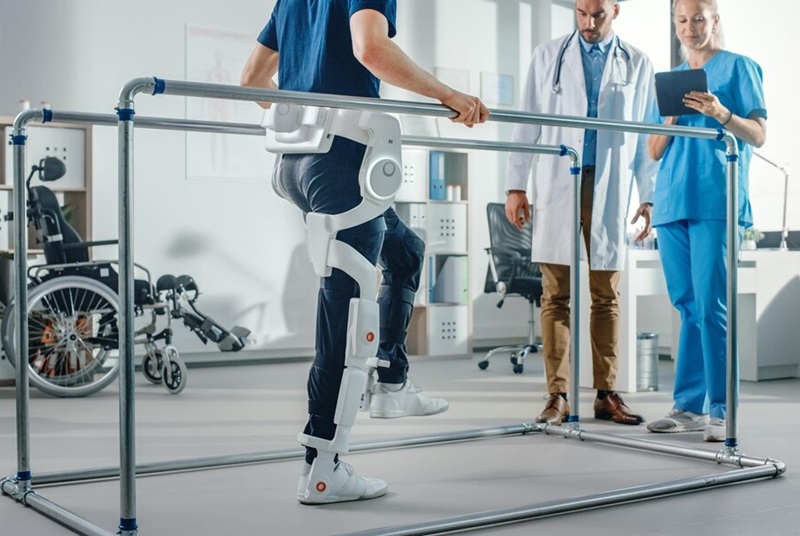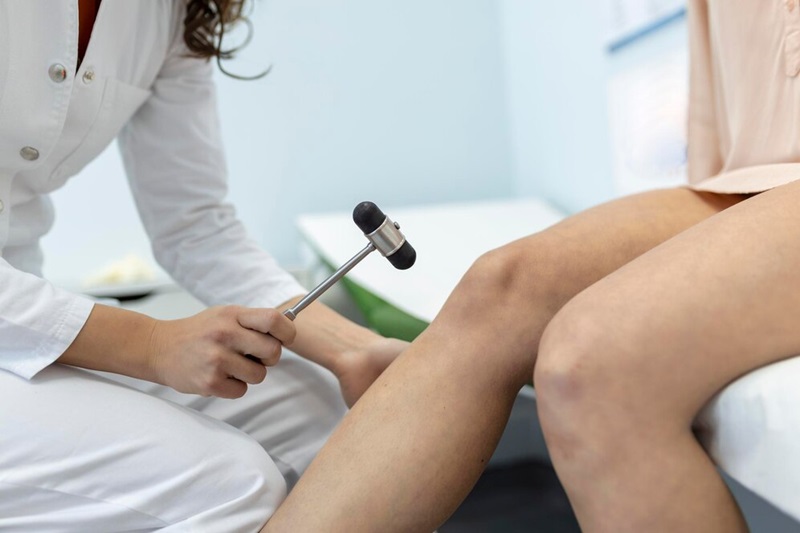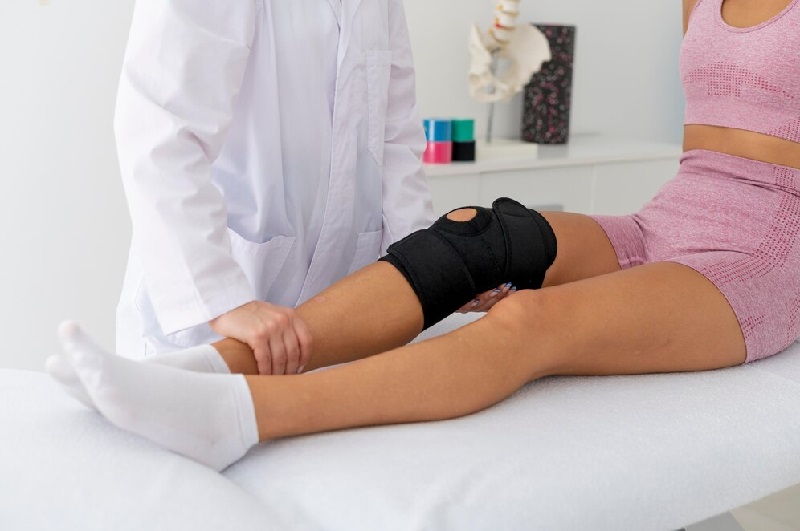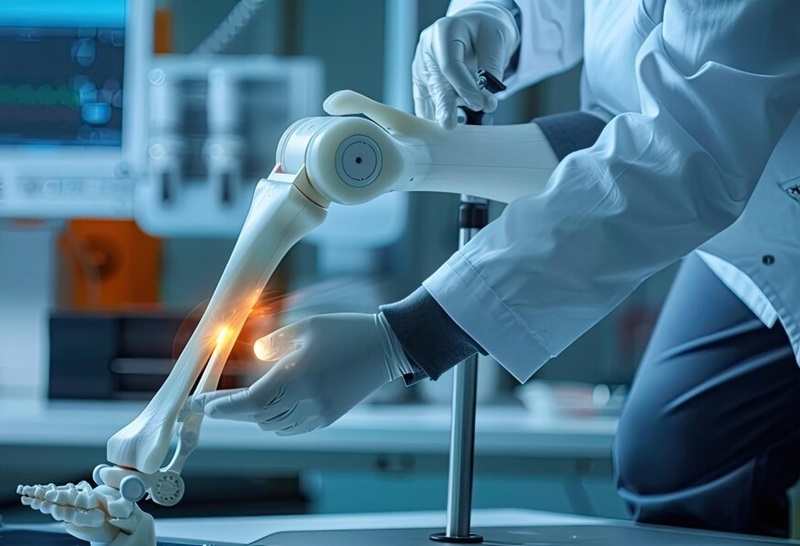The rapid advancements in wearable technology have revolutionized the field of rehabilitation and pain management, offering innovative solutions that are transforming the way healthcare professionals approach patient care.
Every technological device, equipped with sophisticated sensors and therapeutic capabilities, enables more personalized, effective, and accessible treatment options for individuals recovering from injuries or managing chronic pain conditions. If you go to an orthopedic hospital in Thane for your treatment there are changes you will get something like this to track your progress or keep an eye on your healing too.
By seamlessly integrating into the daily lives of patients, wearable technologies are empowering them to take a more active role in their own rehabilitation and pain management, leading to improved outcomes and enhanced quality of life.
As the adoption of these wearable solutions continues to grow, healthcare providers are increasingly recognizing their potential to complement traditional therapies, providing a comprehensive and holistic approach to addressing the multifaceted challenges faced by those in need of rehabilitation and pain relief. In this article, we will explore the crucial role of wearable technology in enhancing rehabilitation outcomes and providing effective pain relief.
Wearable Therapy: Integrating Electrical Stimulation
The field of rehabilitation and pain management has undergone a remarkable transformation with the advent of wearable technology. These innovative devices are revolutionizing the way healthcare professionals approach the treatment and management of various medical conditions, from chronic pain to post-injury recovery.
One of the key advancements in wearable technology for rehabilitation and pain management is the integration of electrical stimulation. Devices like the Wearable Therapy® system from AxioBionics combine surface electrical stimulation technologies, such as TENS (Transcutaneous Electrical Nerve Stimulation) and NMES (Neuromuscular Electrical Stimulation), with customized electrode garments.
These wearable systems allow for the precise and consistent application of electrical impulses to targeted areas, promoting muscle activation, pain relief, and improved circulation. Yes, an orthopedic Doctor in Thane does suggest these wearables.
Enhancing Rehabilitation Outcomes
Wearable technology has had a significant impact on the rehabilitation process. By providing patients with the ability to engage in active muscle contractions throughout the day, these devices can deliver continuous therapeutic benefits that traditional clinic-based therapies cannot match.
The consistent and accurate placement of electrodes required in any orthopedic hospital in Thane and the ability to monitor patient progress ensures that rehabilitation programs are tailored to individual needs, resulting in improved results and quicker recuperation periods.
Addressing Chronic Pain
Worldwide, millions of people suffer from the crippling ailment known as chronic pain. Wearable technology has emerged as a promising solution for pain management, offering drug-free alternatives to traditional pharmaceutical interventions.
Devices like the endorphin stimulator from Remedee Labs use radio waves to stimulate the body’s natural pain-relieving mechanisms, providing relief for conditions such as fibromyalgia, arthritis, and neuropathic pain. These innovative approaches aim to reduce reliance on potentially addictive medications and provide patients with a more holistic approach to pain management.
Integrating Wearables into Comprehensive Care
Wearable technology for rehabilitation and pain management is most effective when integrated into a comprehensive care plan. Thorough evaluations by qualified clinicians, personalized treatment strategies, and close patient monitoring are essential to ensure the optimal fit and performance of these devices.
By collaborating with a multidisciplinary team of healthcare professionals, patients can benefit from the synergistic effects of wearable technology and traditional therapies, leading to improved overall outcomes. That’s why you will see multiple orthopedic Doctor in Thane suggesting such wearables to their patients
Conclusion
Wearable technology has emerged as a transformative force in the field of rehabilitation and pain management. By leveraging the power of electrical stimulation, endorphin stimulation, and continuous monitoring, these innovative devices are empowering patients to take a more active role in their recovery and pain management.
As the technology continues to evolve and become more accessible, the integration of wearable solutions into comprehensive care plans will play a crucial role in enhancing the quality of life for individuals facing various medical challenges.
At last, we hope that any orthopedic hospital in Thane asks you to wear such wearables that could be beneficial for your health. Now you know why you should accept it and after reading the article we hope you know the reasons behind it.
FAQs
How does wearable technology help in rehabilitation?
Wearable devices can provide real-time feedback on movement, posture, and muscle activity, helping patients perform exercises correctly and track their progress. They also encourage active engagement in rehabilitation activities, leading to faster recovery.
What types of wearable devices are used for pain management?
Wearable devices for pain management include transcutaneous electrical nerve stimulation (TENS) units, which deliver electrical impulses to block pain signals, and wearable sensors that monitor vital signs and activity levels to track pain triggers and patterns.
How do wearable devices alleviate pain?
TENS units work by stimulating the nerves, interfering with the transmission of pain signals to the brain. Other devices may use heat, vibration, or massage therapy to reduce pain and muscle tension.










